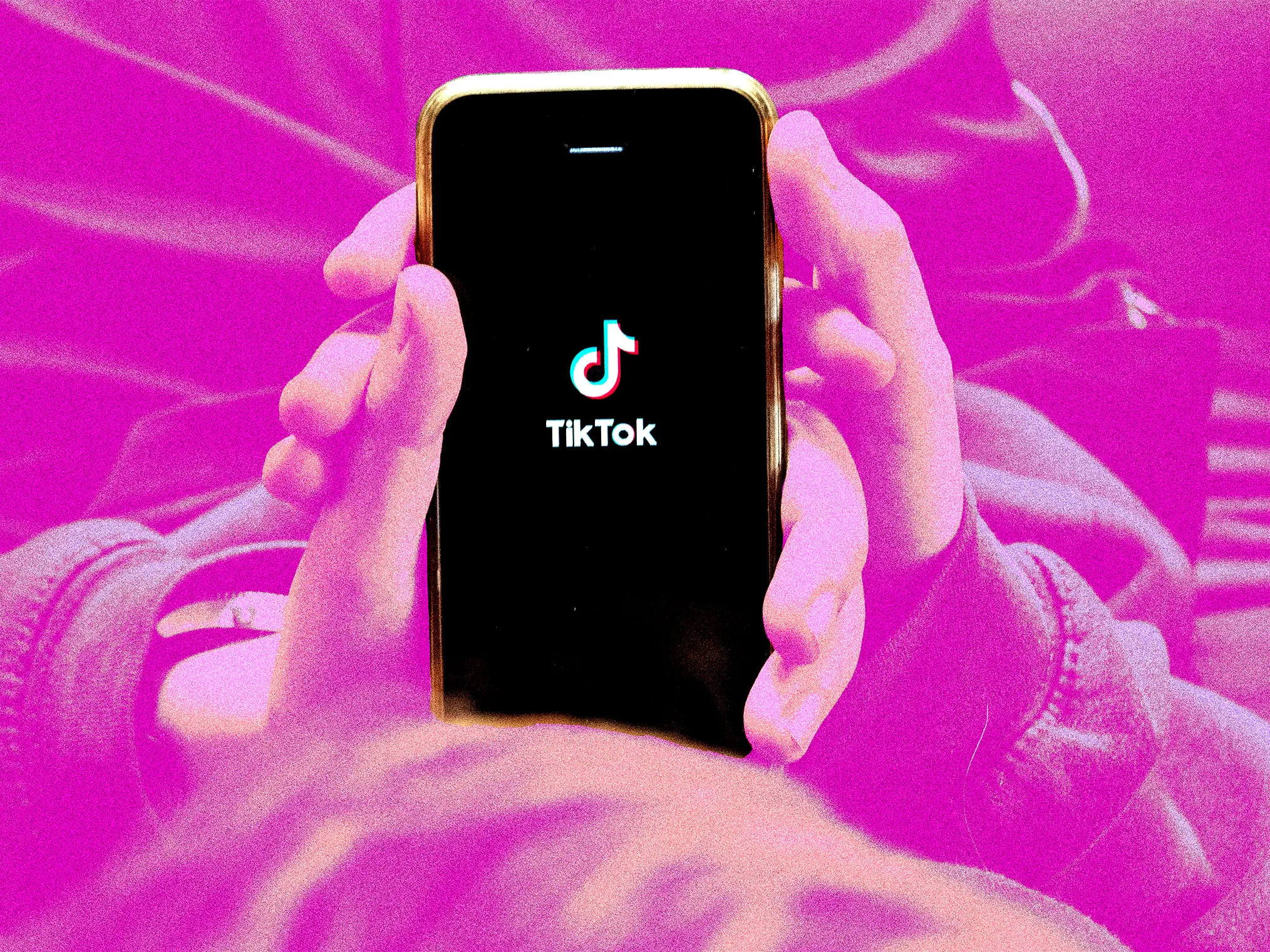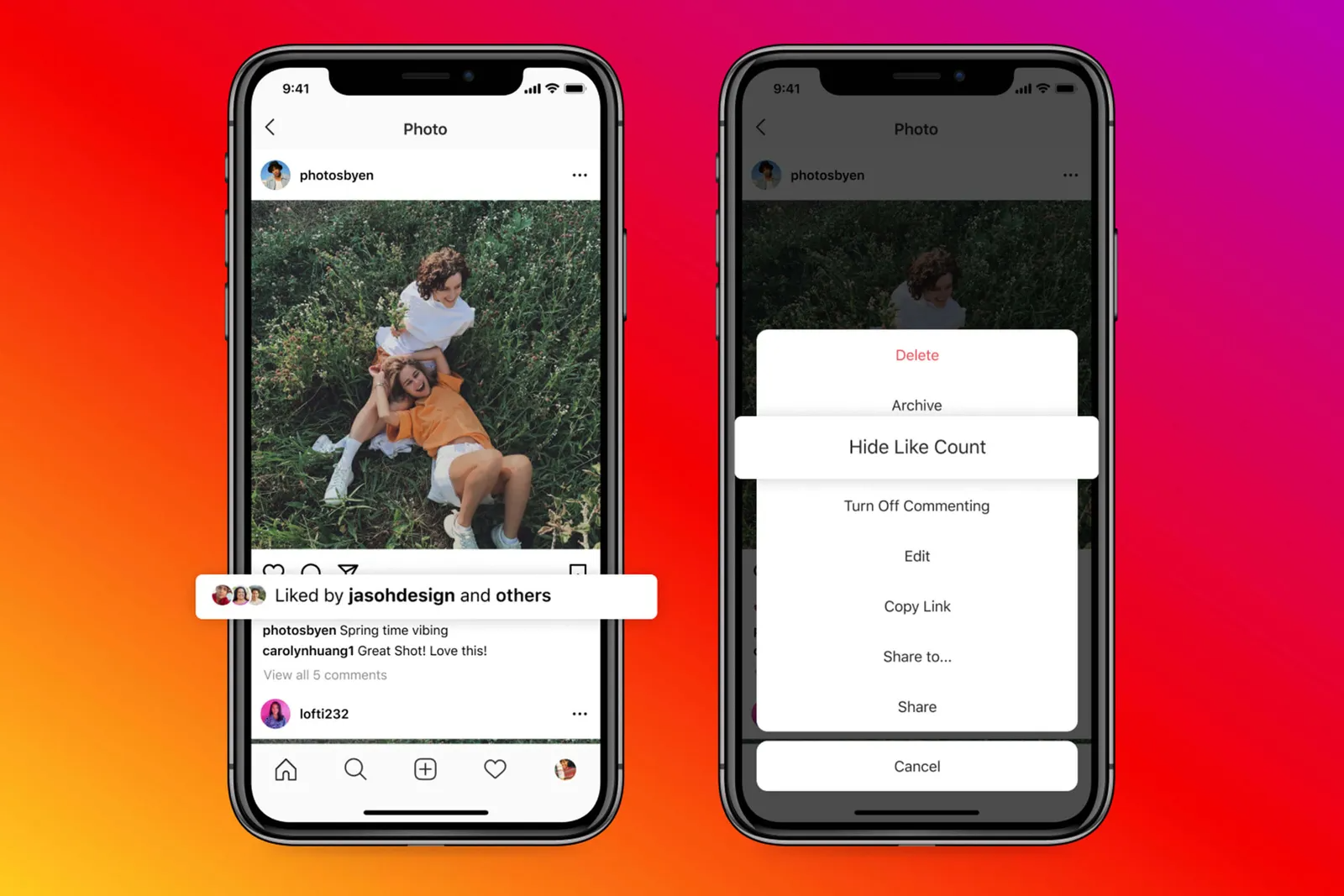Over the last ten years, social media has had a substantial metamorphosis, progressing from basic communication tools to intricate networks that impact multiple facets of society. The social media environment in 2025 is complex and wide-ranging, with a few major companies and new trends that are a reflection of changing user behaviour and technology improvements
Dominant platforms and user statistics.
Early in 2025, the social media sphere was still dominated by Facebook, YouTube, WhatsApp, Instagram, TikTok, and Twitter (now rebranded as X). With more than 3 billion monthly active members, Facebook continues to be the leading social network, according to Human DataReportal's January 2025 Global Digital Overview. With more than 2.5 billion users, YouTube comes in second, indicating its dominance in video content.
With over 2.4 billion users, WhatsApp is a major participant in the instant messaging market. Instagram has more than 2 billion users and is well-known for allowing users to share photos and videos. With over 1.9 billion viewers, TikTok—known for its short-form video content—has experienced tremendous growth, especially among younger groups. With over 580 million active users, Twitter, or X, continues to have a sizable user base despite slower development compared to its counterparts.
Usage patterns and demographics.
The level of user interaction varies greatly between platforms. While Instagram and TikTok have a higher penetration rate among users aged 18-34, Facebook's user base is skewed older, with a sizable chunk of users aged 35 and above. 71% of American teenagers use TikTok, demonstrating the platform's great appeal to younger audiences, according to Pew Research Centre. On the other hand, LinkedIn, which has over 930 million members committed to networking and career advancement, continues to be the preferred site for professionals.
The average user uses social media for two hours and thirty-one minutes a day, though this might vary depending on age, geography, and preferred platform. For example, users of TikTok spend 52 minutes a day on average on the app because of its engaging, algorithm-driven content.

Revenue models and economic impact
The main source of income for social media companies is advertising. The enormous economic impact of personalised advertising is demonstrated by the $164.5 billion in ad revenue that Facebook's parent firm Meta reported in 2024, a 22% increase compared to the previous year. Despite being smaller at $23 billion, TikTok's ad revenue is expanding quickly, with a 46.8% increase from the previous year, indicative of its growing importance and market share.
E-commerce integration has also become a crucial revenue stream. Instagram and Facebook have successfully incorporated retail experiences into their platforms by utilising the size of their respective user bases. To capitalise on the social commerce boom, TikTok has followed suit and partnered with major e-commerce players like Shopify to allow direct purchases through the app.
Emerging trends and future directions.
Several trends are shaping the future of social media. Other sites, such YouTube Shorts and Instagram Reels, have responded to the popularity of short-form video content, which is best exemplified by TikTok. Furthermore, there is a growing trend towards the combination of virtual reality (VR) with augmented reality (AR), with AR experiences and filters spearheaded by apps like Snapchat.
Regulator monitoring and privacy concerns are also important factors. Platforms are under pressure to improve user data protection and transparency in light of the General Data Protection Regulation (GDPR) being implemented in the European Union and other comparable regulations throughout the world.
Moreover, the increasing significance of mental health consciousness has given rise to features that are meant to lessen addiction to social media and enhance wellbeing. For example, Instagram has tried to hide likes in an effort to lessen the negative impacts of social comparison.

In conclusion, the social media environment of 2025 will be defined by constant innovation, fierce competition, and quick expansion. These networks, which have billions of users worldwide, are significant economic and cultural influences in addition to being useful tools for communication. The market is expected to undergo significant transition due to trends in video content, e-commerce, privacy, and mental health awareness, as technology advances and customer preferences change. These platforms will face the difficulty of striking a balance between expansion and the moral implications of their widespread influence.
 Mphoentle Naomi Mokhele,
Mphoentle Naomi Mokhele,